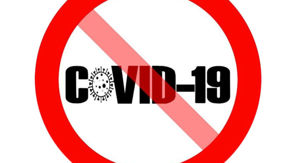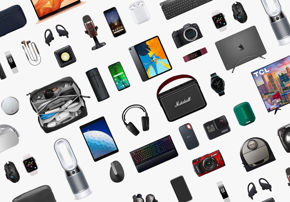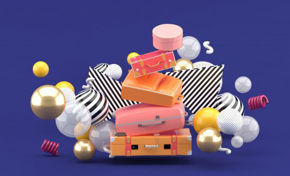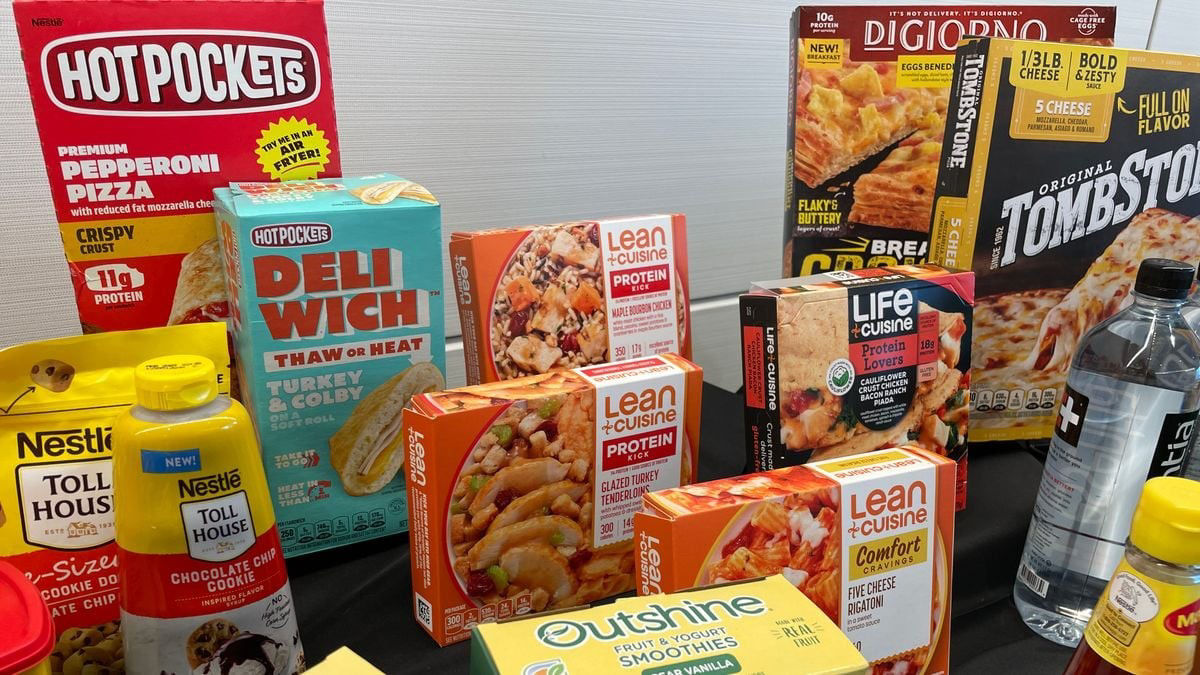5 min read//
As Nestlé embarked on an ambitious three-year endeavor to develop paper capsules for its popular Nespresso platform, one of its biggest secret weapons came from within.
In 2019, the CPG giant formed its Institute of Packaging Sciences to help the food and beverage maker meet its “very ambitious” packaging commitments across its portfolio, said Gerhard Niederreiter, who heads the division.
In this case, the institute, working with other divisions at Nestlé and an outside partner, had to overcome the challenges that paper packaging brings while maintaining the same quality and taste consumers expect from the Nespresso brand.
Nestlé also had to address a host of other challenges, including making sure the shape was compatible with the Nespresso platform, that the capsules were properly filled and sealed in the factory, and ensuring the coffee complied with strict food safety and regulatory standards.
The paper-based pods, which will be tested this spring in France and Switzerland, complement its recyclable aluminium ones by giving consumers choice, the company said.

The Nespresso pods are a key part of the Switzerland-based manufacturer’s goal to improve the sustainability of the millions of pounds of packaging material the company uses each year in its frozen foods, coffees, creamers and plant-based meats.
Nestlé has vowed by 2025 to have 95% of its plastic packaging be recyclable. More broadly, the company wants all of its packaging to eventually be recyclable or reusable.
Nestlé’s also pledged to achieve net zero greenhouse gas emissions by the middle of the century. While the majority of its CO2 emissions come from the sourcing of ingredients, such as dairy, another 12% is generated from packaging — providing the company with a way to have a more immediate impact.
“For me, it’s an emotional topic,” Niederreiter said. “With the size of Nestlé, we can really ... deliver sustainable solutions for Nestlé and the market.”
Overcoming inevitable challenges
As Nestlé makes inroads to improve its packaging, even if a new option is possible, that doesn’t always mean it will be practical in the marketplace. Packaging needs to meet a host of requirements, including food protection, maintaining food safety, contributing to the company’s goal to lower CO2 emissions, maintaining compatibility with existing manufacturing machinery and not being cost-prohibitive.
These challenges are a big reason why some of Nestlé’s earliest packaging overhauls have come by replacing plastic straws and spoons found in products, such as Nesquik and Nescafé, with paper-made equivalents that are crucial to using the product but don’t have to overcome many of these hurdles.
“There are some products where we can move faster,” said Niederreiter, who joined Nestlé nearly two decades ago as a food engineer working with products, such as DiGiorno pizza, Blue Bottle, Starbucks coffee and Coffeemate before joining the packaging institute. “But you have to be careful not to implement solutions too fast because you can have long-term effects that are so negative.”
New packaging, several of which trace their origins back to the institute, has made its way into many of Nestlé’s best-known brands.
In the U.S., Nestlé’s Natural Bliss creamer bottles can be recycled without removing the label sleeve due to the compatible materials and inks used. For its popular frozen Stouffer’s single-serve trays, the material is made with 30% recycled plastic. The company recently transitioned from using black colorant to unpigmented trays, which can increase the likelihood that the material can be sorted accurately at recycling facilities.
From plastic to paper
Few packaging materials have drawn as much criticism as plastic. While the material’s durability, low cost and water-resistant capabilities have made it popular, plastic has been condemned for polluting the environment and endangering wildlife.
The future of packaging, Niederreiter said, likely will be a mix of paper, glass, other lesser-used materials and even plastic.
Paper’s popularity as a packaging material has grown exponentially, and it’s likely to have an even bigger presence in the future.
“There are some products where we can move faster. But you have to be careful not to implement solutions too fast because you can have long-term effects that are so negative.”
Head of Nestlé’s Institute of Packaging Sciences
A handful of large CPGs have dabbled in paper packaging, including Kraft Heinz with a ketchup bottle, Bumble Bee with paperboard tuna can wrappers and Diageo with paper whiskey bottles.
Niederreiter said paper’s biggest challenge is that it’s porous like a sponge, increasing the ability of moisture and oxygen to seep into food that packaging is designed to keep out. To slow down the process, Nestlé, other CPGs and packaging suppliers have added a thin layer of aluminum inside a sheet of paper that can be removed before recycling. Once these and other hurdles are overcome, paper has several advantages.
“The consumer knows what to do with paper. I don’t have to explain to anyone in the world anymore what to do with paper,” Niederreiter said. “Paper is renewable. Paper is compostable, right?”
Turning to the consumer
While the future of packaging centers largely on the work of CPG companies and their suppliers, Nestlé said the shopper will play an even bigger role.
Consumers, many of whom are choosing what products to buy based on the offering’s sustainability profile, have shown a greater willingness to bring their own containers into stores when they purchase items, such as coffee or cereal. They’re also more willing to buy the product — similar to what people do with large plastic water jugs at home — and then return the empty packaging to the store when they are finished.
”Consumers are getting more sensitive to packaging and more and more willing to bring their own packaging to the retailer in the U.S,” Niederreiter said. “This is, in my opinion, the future.”
In 2019, Haagen-Dazs (Nestlé has since divested its U.S. ice cream business) partnered with Loop on a reusable double-walled steel ice cream container that keeps the ice cream at optimal condition during transport and consumption. The packaging could be collected, cleaned, refilled and reused.

Currently, Nestlé is testing reusable Loop containers for cereal, coffee and Nesquick in France with supermarket chain Carrefour, and Nesquik in Germany in partnership with start-up Circolution.
While Nestlé is headquartered in Switzerland, the company has a large global footprint, including in the U.S., which is now responsible for $25.5 billion, or 28% of Nestlé’s global sales. The CPG giant’s large presence allows it to take packaging changes and implement them worldwide, or to incorporate them into other offerings available elsewhere around the globe.
Doing what it does best
Nestlé is careful to point out that it’s a food and beverage company, not a producer of packaging. The institute develops packaging prototypes of what Nestlé would like to use in one of its products. The company then reaches out to a supplier to manufacture the material.
Nestlé’s packaging institute includes a team of 50 scientists ensconced at its research headquarters in Lausanne, Switzerland.
But Nestlé’s efforts extend beyond just the institute itself. The company works closely with its own 200 R&D packaging specialists as well as packaging suppliers, startups and universities. The company also keeps tabs on packaging developments announced by its competitors, or in other industries outside of food and beverages.
But a nascent packaging option can be a money-losing endeavor for Nestlé. The manufacturer may have never produced it before, and Nestlé is asking, at least initially, for it to be produced in smaller batches, which is usually more costly. Once production ramps up, costs typically come down.
“You always think ahead and that’s at least where I believe that in two, three years with the volumes that we’ll get cost-neutral solutions,” Niederreiter said.











